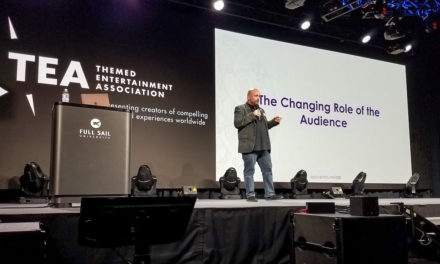Establishing a creative strategy
How often do you jump to the creative stage of a project, skipping strategy, planning, and even research? We all can be honest and say that we did it at least once. Undoubtedly, creative processes allow us to be free in our thinking, explore new dimensions and design something new. At the same time, we need a direction for this process if we have an objective for what we intend to build.
If you ever worked with graphic design, not necessarily as a professional, you’ll recognise yourself in this example. Working with colours, typography, layers, and shapes is a process that allows us to see the product of our work immediately. However, if we don’t establish a strategy before that, our beautiful product won’t result in measurable outcomes. In effect, its message will remain unclear, and the target audience will be ignored.
The same applies to storytelling. Establishing a creative strategy for your story ensures that you hit your objectives with your audience and business. Hence, a solid foundation for your creative product could be more important than having a fully developed character or storyworld.
To help you get off the ground, consider the following questions for your creative strategy before designing your story.
- What is the PURPOSE of your storytelling?
- What VALUE will your storytelling generate and for whom?
- Who are the PEOPLE that you want to engage with?
- What is the MESSAGE in your story?
- Which CHARACTER will the story reflect?
- What type of CONNECTION do you want to create?
After you carefully write down the answers, keep them close by for your creative process. Therefore, you can always return to them and evaluate how the results of your work align with your strategy. When you add a new character, storyline or audience role, these decisions will go in the direction of fulfilling your purpose. You will attract the right audience, the message will resonate with them, they will be more open to engaging with the story, and the experiences will become more memorable.
Breaking the Silos of Disciplinary Domains
Breaking the Silos of Disciplinary DomainsThe world is becoming increasingly complex and needs open minds and collaboration. Challenges are rarely confined to neat disciplinary boxes, and solutions demand a convergence of professional perspectives. Yet, many...
The Significance of Imitation Collapse
The Significance of Imitation Collapse As AI and other seemingly intelligent technologies polarise the creative industries and their experienced and aspiring professionals on possibilities and use, they also shine a light on a deeper discourse now being amplified and...
Our Lives in the Uncanny Virtuality
Our Lives in the Uncanny Virtuality You may have heard of The Uncanny Valley, and you may have faced it more than once. The phenomenon was first coined and described by the Japanese roboticist Masahiro Mori in an article published in 1970. Mori identified the...
The Past Reimagined
The Past Reimagined Making cultural heritage relevant and popular to new generations When we explore our past, it is not because we want to go back to what our ancestors were but because we search for our connection to the stories, the songs, the lives and the rituals...
Go Beyond the Hype and Embrace the Future You
Unless you have resided under the proverbial rock since summer, it is very evident that we are now in the season of courses and conferences. And let’s be honest, there are some brilliant opportunities to gain both inspiration and knowledge that is applicable to the...
Designing the infinite team network
This week, we were yet again in a creative development meeting with one of our partners in the UK. Next week, we’ll do a follow-up session. For each of these, none of us will leave our respective hometowns of Aarhus or London. Our travel time is down to the time it...
Article first published on December 21st, 2021
in The Experience Economist (AdventureLAB’s newsletter)
Author: Ecaterina Capatina (Access LinkedIn profile)
Concept developer and Brand Manager at AdventureLAB
Do you want to receive similar articles from us every month? Subscribe to our newsletter “The Experience Economist”.







